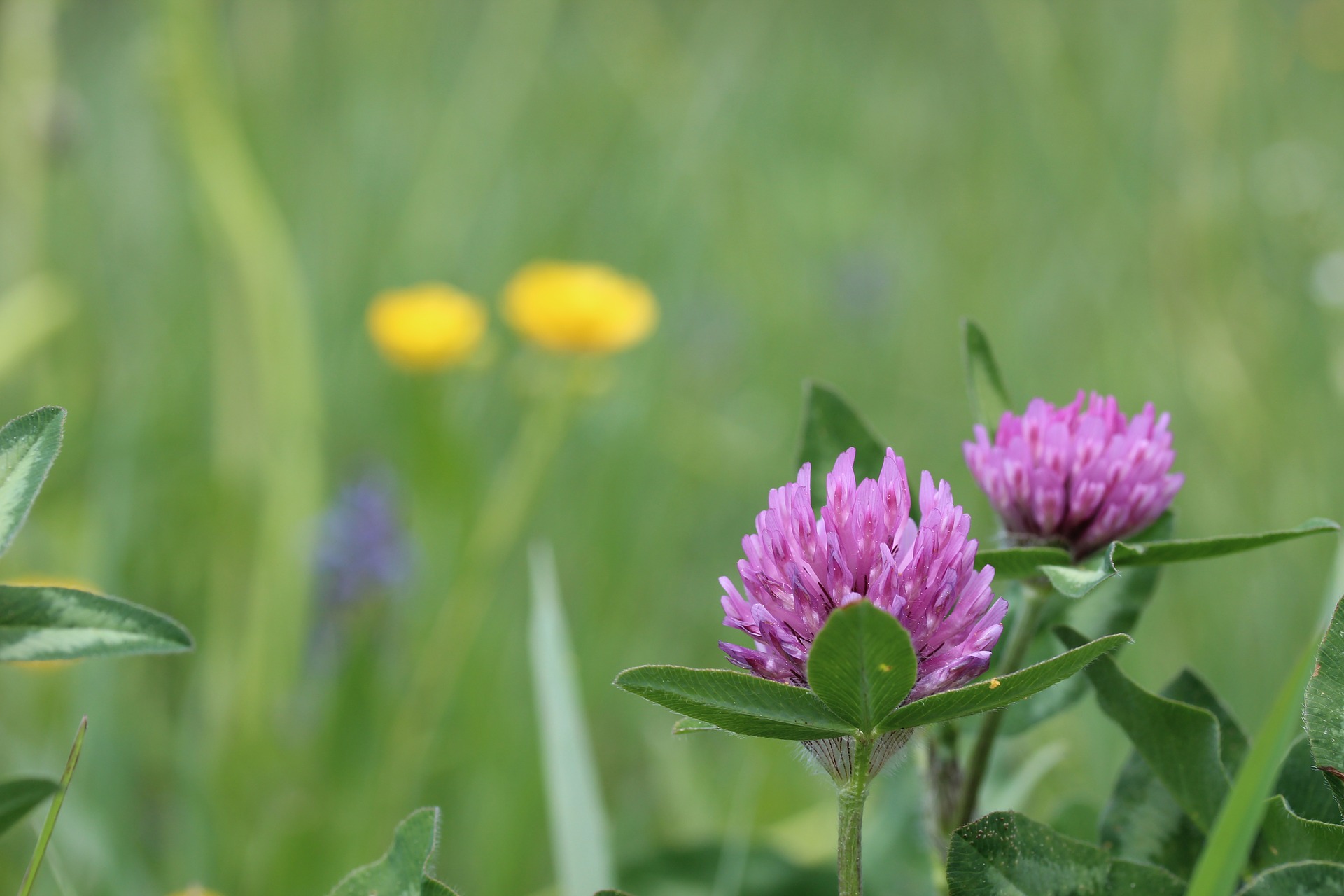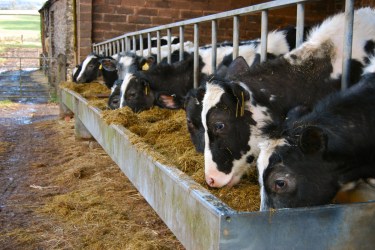By Abbie Allen
Farming systems in the UK are under pressure to reduce their carbon footprint and environmental impact, whilst maintaining their current productivity. How is this possible?
An increasing number of farmers are moving away from high input grass leys and introducing low input herbal leys. Herbal leys can play a key role in helping farmers to reduce their environmental impact as well as providing other benefits to soil and animal health.
Not only is there scientific evidence to support this, Defra and supplier networks are also encouraging farmers to introduce herbal leys with financial incentives. The environmental benefits of herbal leys is recognised in the Countryside Stewardship Scheme, offering a financial benefit of £350 ha/year. They too are featured in the upcoming Sustainable Farming Incentive, and milk buyers are also providing financial benefits for herbal leys grown and fed on farm.
What is a herbal ley?
A herbal ley is a complex seed mixture of legumes, herbs and grasses. A common mix would include grass species, such as ryegrasses, meadow fescue and festulolium, legume species including clovers, and herbs such as chicory and ribgrass.
The beauty of a herbal ley is that you can tailor a mix to suit your farm’s needs. Herbal ley mixtures can be adapted to suit your soil type and purpose, whether that be to improve soil structure, increase farmland biodiversity or provide a home-grown high-protein natural forage.
Management of a herbal ley
It is recommended that a herbal ley is in the ground for 4 years to provide optimum nitrogen fixation, root growth and forage yield. Research trials have proven that complex herbal ley mixtures can consistently yield higher than monoculture grass leys that received nitrogen applications – yields up to 13 t/dm can be achieved. Herbal leys should be sown into warm soils ideally late April/May to mid-August/Early September.
How wonderful are these herbal leys?
Livestock
- Provide nutritious forage for livestock, when both grazed and ensiled.
- Offers a well-balanced diet for livestock. The grasses provide the carbohydrates and the clover provides protein – red clover is around 20% crude protein.
- The mineral content is much higher than a ryegrass mix and can carry 60% more calcium.
- Species such as chicory, ribgrass and burnet provide vital minerals which can increase daily liveweight gains and milk production.
- Silage analyses have been achieved with metabolisable energy up to 12% and crude protein between 14-19%.
- Chicory and birdsfoot trefoil have anthelmintic properties too, which can help to reduce reliance on artificial wormers.
- Deep rooting legume species are drought tolerant and remain palatable for longer than other grass forages.
- The deep rooting species can also make nutrients available to grazing livestock, potentially reducing the need to purchase minerals.
Soil
- A high legume content will reduce the need for expensive fertiliser, as they fix nitrogen into the soil. Leys that comprise of 30% legumes will not require artificial fertiliser.
- Many herb species have strong root systems that can break up soil compaction.
- The crop canopy will offer protection from wind and rain, reducing the possibility of soil erosion.
- Reduction of synthetic fertiliser applications can help to encourage natural interactions between soil organisms and plant roots. This natural interaction enables plants to make more efficient use of nutrients available in the soil.
- An increase in soil organic matter will improve soil fertility and structure.
The environment
- Herbal leys will promote biodiversity by providing habitat and forage for farmland birds and invertebrates, including crop pollinators.
- Deep rooting plants store carbon in the soil.
- A diverse range of rooting systems can increase soil water holding capacity and drainage.
To learn more about herbal leys and how to incorporate them on your farm, get in touch with our Farm Business Consultancy team today. Utilising our nutrient management planning tool, we can provide expert advice on the best approach for you and your business.







